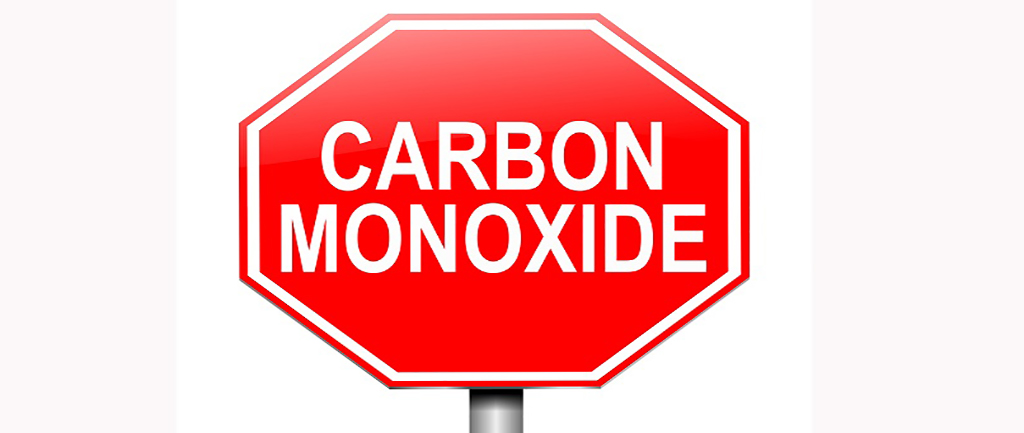A few months ago, there was an unfortunate story in the national news about what occurs when gas leaks aren’t discovered and repaired. Three people died from a house explosion after they made multiple calls about smelling gas.
After the first call, the gas company responded, but it’s unclear what actions they took. Later, another call was received from the same home and the occupants still smelled gas. Firefighters were dispatched to the home and while on the way, it exploded. Let’s look at some lessons we can learn from this tragedy.
Test Instruments and Accessories
To discover gas leaks, you need the right test equipment. A combustible gas leak detector should be at the top of your list. It helps you find gas leaks quickly and efficiently.

With any test instrument, you get what you pay for. Purchase a quality detector with sensitivity adjustments and both audible and visual alert indicators. An adjustable probe to access tough locations is another important feature. Read the instruction manual and know how to use the detector before searching for gas leaks.
Your initial response might be, “I don’t need no stinking detector! I only use bubbles when I smell gas!” Have no fear, you still need to use bubble solution, just less of it. Choose a bubble solution that clings to the pipe and doesn’t run off once you spray it. Don’t forget to pack extra rags and paper towels to clean up the mess.
Common Gas Leak Locations
There are some locations where gas leaks occur more frequently. Most can be found at mechanical joints. The most common sites are:
- Unions
- Gas shut offs
- Pilot tubing connections
- Pitted elbows
- Flared and/or compression fittings
- Wall/cabinet penetrations
- Flexible gas connectors.
Double check older flexible gas connectors to see if they’re uncoated brass. These are a gas leak waiting to happen. The connector ends have a serious design flaw that causes them to break open. Immediately replace these connectors or turn off the equipment. Acceptable connectors are typically coated or stainless steel and have a tag or crimped band around them.
Test Sequence
It’s wise to have a procedure for gas leak testing that’s easy to follow and repeatable. Use the following example to craft your own process and implement into your company procedures.
Before you test, if you smell a strong gas odor once you arrive at the jobsite, it’s best to contact the gas company immediately. Don’t take any unnecessary risks. Play it safe when in doubt.
Click Below for the Next Page:
